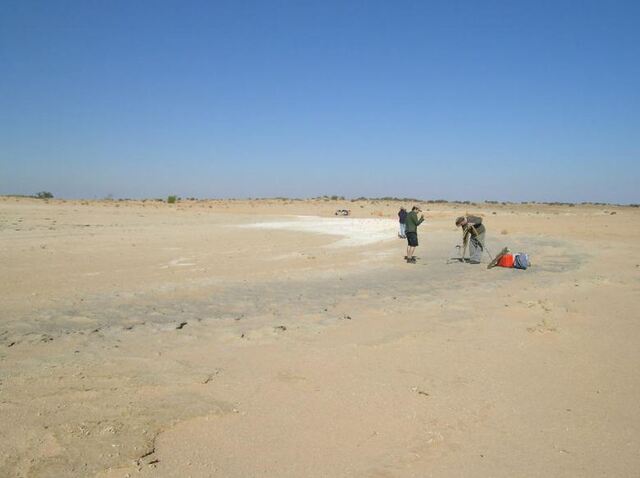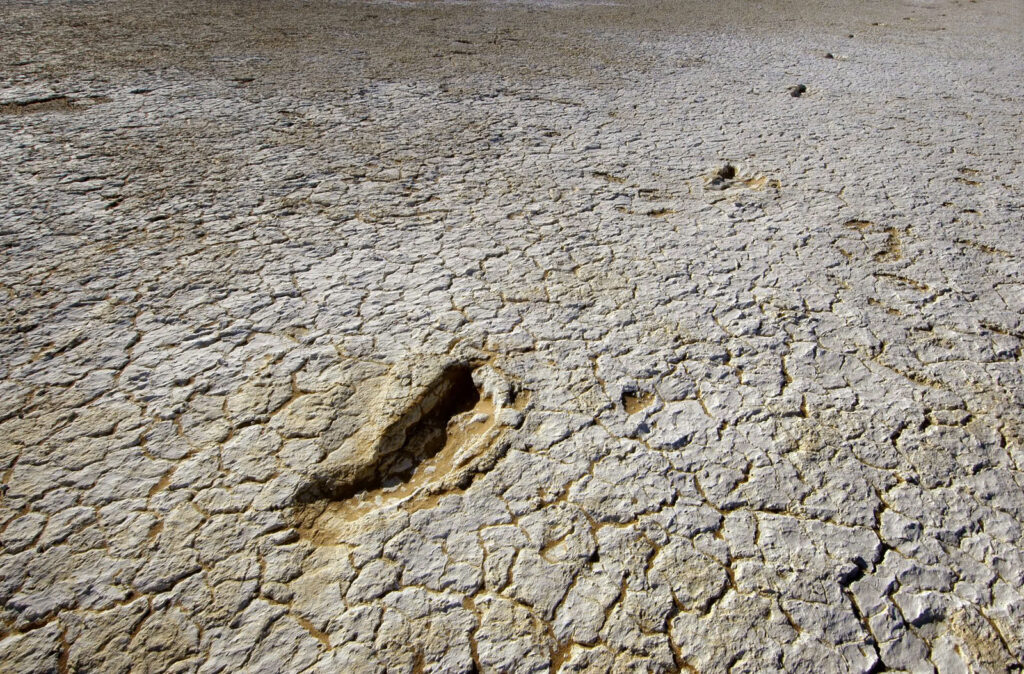In the heart of New South Wales, Australia, an extraordinary discovery has captivated archaeologists and historians alike. A single fossilized footprint, among hundreds of ancient tracks, may hold evidence of the fastest human to ever walk the Earth.
The Remarkable Discovery

The story began in 2003 when young Mary Pappen Jr. made an accidental but groundbreaking discovery while walking through the sand dunes of Mungo National Park. What she found was extraordinary: over 700 preserved footprints, with 400 of them forming 23 distinct trackways, all frozen in time from 20,000 years ago.
A Window into Ancient Life

These footprints tell fascinating stories of daily life in prehistoric Australia. Among them are tracks of families walking together, children at play, and most intriguingly, a one-legged individual whose distinctive prints were later explained by modern Aboriginal trackers who had observed similar patterns in their community.
The Speed Mystery

But one particular set of footprints has sparked intense scientific debate. A hunter’s tracks suggest they were running at an astonishing speed of 37 kilometers per hour (23 miles per hour) through muddy terrain. To put this in perspective, this speed nearly matches Usain Bolt’s average speed during his world-record 100-meter sprint – but on a prepared track, not ancient muddy wetlands.
Scientific Analysis
Steve Webb, a biological archaeologist from Bond University, analyzed these prints based on their spacing and depth in the mud. While acknowledging that modern sprinters like Donovan Bailey have reached higher peak speeds (43.6 km/h), the ancient hunter’s feat becomes even more impressive considering the challenging terrain.
Cultural Significance

The Mungo footprints represent more than just archaeological findings. They provide invaluable insights into prehistoric human capabilities and social structures. These preserved tracks demonstrate the remarkable physical abilities our ancestors needed for survival and offer a unique glimpse into their daily lives.
Video
Archaeological Impact
Unlike traditional archaeological findings such as bones or tools, these footprints capture dynamic moments in time. They reveal not just physical movements, but also social interactions and behaviors, making them an invaluable resource for understanding prehistoric human life.
The Legacy Continues

While we may never definitively know if this ancient hunter was truly history’s fastest human, these footprints stand as a testament to human capability and adaptation. They bridge the gap between ancient and modern Aboriginal culture, reminding us of the extraordinary abilities our ancestors possessed.
The Mungo footprints continue to challenge our understanding of human physical limits and provide a tangible connection to our prehistoric past. They serve as a powerful reminder that our ancestors were not just survivors, but remarkable athletes who possessed capabilities that would impress even by today’s standards.

